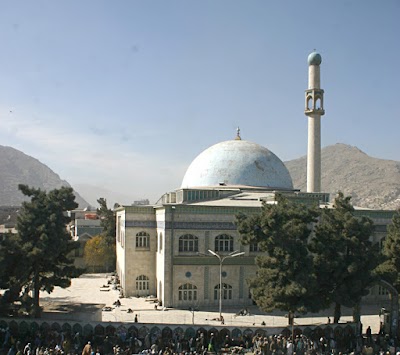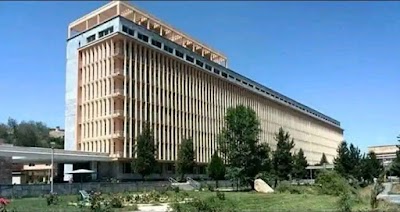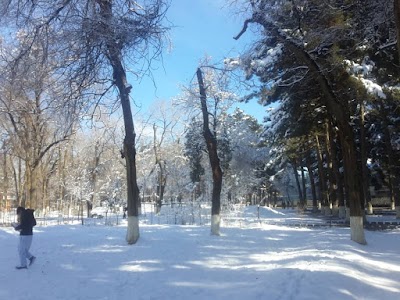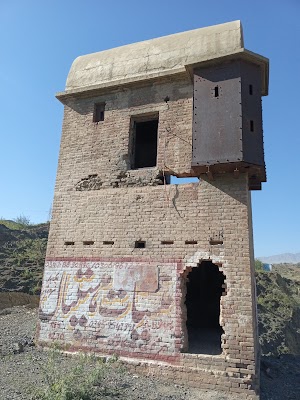Pul-e Khishti Mosque (مسجد پل خشتی)
Overview
Pul-e Khishti Mosque, often affectionately known as the 'Blue Mosque' for its stunning azure dome, stands as one of the largest and most significant mosques in Kabul, Afghanistan. Located in the vibrant heart of the city, this mosque serves not only as a place of worship but also as a powerful symbol of Kabul's rich historical and cultural legacy.
Dating back to the 18th century, Pul-e Khishti Mosque has seen several renovations and restorations, most notably in the 1960s, when it was extensively rebuilt to accommodate a growing number of worshippers. Its historical roots are intricately linked to the era of Emperor Babur, the founder of the Mughal Empire, who had a profound connection with Kabul. Originally much smaller, the mosque has expanded over the centuries, standing as a testament to the resilient spirit of Afghan architecture.
One of the mosque’s most captivating features is its magnificent blue dome. In Islamic culture, blue symbolizes peace and spirituality, creating a serene ambiance that envelops visitors. The mosque's towering minaret rises high above the cityscape, presenting a striking contrast to the bustling urban environment. The intricate tile work and calligraphy that adorn the mosque’s walls exemplify traditional Islamic art, showcasing geometric patterns and Qur'anic verses that inspire both awe and reflection.
The mosque derives its name from the nearby Khishti Bridge, which translates to 'Brick Bridge,' reflecting the traditional construction materials and methods of the region. This bridge is an important historical landmark often discussed alongside the mosque when exploring Kabul's architectural heritage. Together, they illustrate a vibrant community space that has been central to the life of the city for centuries.
For tourists, visiting Pul-e Khishti Mosque presents a unique opportunity to engage with the spiritual and communal life of Kabul. The mosque is typically bustling with worshippers, especially on Fridays, the holiest day of the week in Islam. Visitors are encouraged to respect the mosque's etiquettes, such as dressing modestly and removing shoes before entering the prayer hall.
Inside, the mosque offers a haven of tranquility, with spacious areas designed to accommodate the city's faithful. Soft carpets cover the floors, providing comfort for prayer and contemplation. The prayer hall often resonates with the harmonious recitation of the Qur'an, enhancing the spiritual atmosphere of the space.
Pul-e Khishti Mosque also serves as a center for education and community gatherings. Over the years, it has hosted prominent religious scholars and has been a site for important Islamic teachings. Its library houses a wealth of religious texts and manuscripts, offering a glimpse into the rich intellectual traditions of Afghan Islamic scholarship.
Despite the numerous challenges faced by Kabul over the decades, including conflict and political upheaval, Pul-e Khishti Mosque has remained a steadfast beacon of faith and resilience. It stands as a reminder of Afghanistan's enduring cultural and historical identity, providing both locals and tourists a place of solace and reflection amid the city's ever-changing landscape.
In conclusion, Pul-e Khishti Mosque is more than just an architectural marvel; it is a living monument to the faith, history, and communal life of Kabul. Whether you are drawn to its historical significance, architectural beauty, or spiritual ambiance, this mosque is undoubtedly one of the must-visit landmarks in Kabul. As you explore its corridors and courtyards, you will find yourself immersed in a profound narrative that speaks of a city's timeless relationship with its religious and cultural heritage.






